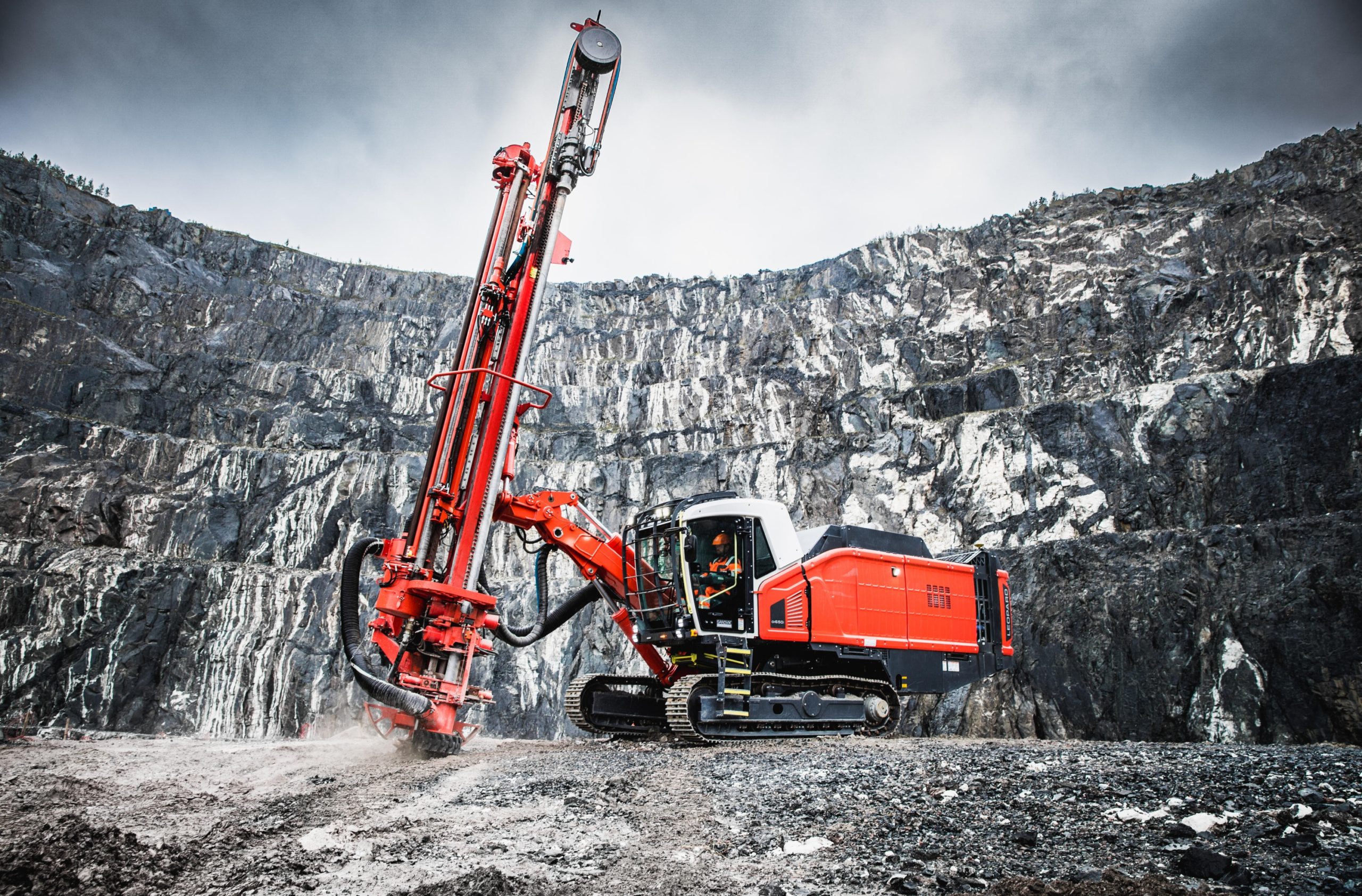Sign up for daily news updates from CleanTechnica on email. Or follow us on Google News!
One of the common myths about electric vehicle batteries is that they are hard to recycle when they are no longer being used or can’t be used in a vehicle. This notion is not true, and to the contrary, some former electric vehicle batteries are being used for stationary energy storage projects. Having a second life after EV use extends the utility of such batteries, meaning they can serve two purposes and not just one.
California-based B2U Storage Solutions just announced it has made SEPV Cuyama, a solar power and energy storage installation using second-life EV batteries, operational in New Cuyama, Santa Barbara County, CA. Freeman Hall, co-founder and CEO of B2U Storage Solutions, answered some questions about the project for CleanTechnica.
Usually when I see an energy storage capacity it is written as MW/MWh. Is this project 1MW/6MWh?
Interconnection capacity is 3.0 MW. The Cuyama hybrid system at initial commercial operation will have 6 MWh of storage capacity expanding to 12 MWh by end of year. The hybrid system has 1.56 MW PV generation and will supplement with grid charging as needed.
Which Honda vehicles were used to source the batteries?
The Cuyama site is deploying batteries from the Honda Clarity BEV.
How did you find the Hondas?
We collaborate with the original equipment manufacturer (OEM) directly to source the batteries. For the Cuyama project we’re working directly with Honda to source the Clarity BEV batteries.
When you get second life batteries, what is the process to start working with them?
B2U’s EPS technology is able to deploy EV batteries in their original pack casing utilizing the pack’s native battery management system (BMS) software, which eliminates repurposing costs. In the case of the battery cabinets at the Cuyama project, we deploy 24 Honda Clarity EV batteries per cabinet.
Do you test and then pull them out of the vehicles and recondition and then transport them to the site?
We assemble and test the EPS cabinets at our hub in Lancaster, CA, shipping the pre-tested cabinets to the project site.
Do they need to be certified for stationary energy use and safety?
Permitting authorities require energy storage systems to achieve UL certification.
The relevant UL test is UL9540 for energy storage systems. B2U performs all necessary testing to achieve UL9540 certification and to satisfy all permitting requirements for our projects.
What is the cost to buy a used EV battery pack for a second-life stationary storage project?
There is not yet an established market and clear market price for selling used EV batteries. Pricing varies considerably. Reusing EV batteries in large scale stationary storage generates substantial value, and therefore companies like B2U can pay a significant premium over the recycling value. After utilizing the residual value, B2U and other companies that reuse EV batteries work with recyclers and OEMs to ensure all batteries are recycled.
Does it cost less to buy former EV batteries than purchasing brand new batteries?
Yes.
How easy or difficult is it to add more used EV batteries to a stationary energy storage project?
It’s simple, since our technology allows for the batteries to be deployed in ‘Plug and Play’ fashion in their original pack casing. Swapping out a battery from B2U’s EPS cabinet takes less than 15 minutes.
If it is expanded, which other vehicle manufacturers will you harvest batteries from?
In addition to Honda batteries, B2U has successfully deployed Nissan Leaf, Chevy Bolt, Tesla Model 3, and Ford Focus batteries. This is over 80% of today’s EV market. We are working with Volvo and BYD and other OEMs to deploy additional battery types as we continue to expand the number of batteries that our EPS technology supports.
What was the overall cost of the solar power and energy storage system?
B2U deploys energy storage systems (ESS) for about half the cost of new ESS.
When there is adequate sunlight how long does it take to charge the battery system?
At the Cuyama site where we’ve deployed a hybrid system that charges from onsite solar, supplementing when needed with grid charging, the solar resource is strong. Over the course of a year, a single MW of PV on a single axis tracker can generate ~2,400 MWh of energy. In summer months, a single MW of PV can generate 10 MWh. The 12 MWh of battery storage can reliably be charged by the 1.56 MW of onsite PV. When needed, the system can supplement with grid charging.
Have a tip for CleanTechnica? Want to advertise? Want to suggest a guest for our CleanTech Talk podcast? Contact us here.
EV Obsession Daily!
I don’t like paywalls. You don’t like paywalls. Who likes paywalls? Here at CleanTechnica, we implemented a limited paywall for a while, but it always felt wrong — and it was always tough to decide what we should put behind there. In theory, your most exclusive and best content goes behind a paywall. But then fewer people read it!! So, we’ve decided to completely nix paywalls here at CleanTechnica. But…
Thank you!
Iontra: “Thinking Outside the Battery”
CleanTechnica uses affiliate links. See our policy here.



.jpg)
